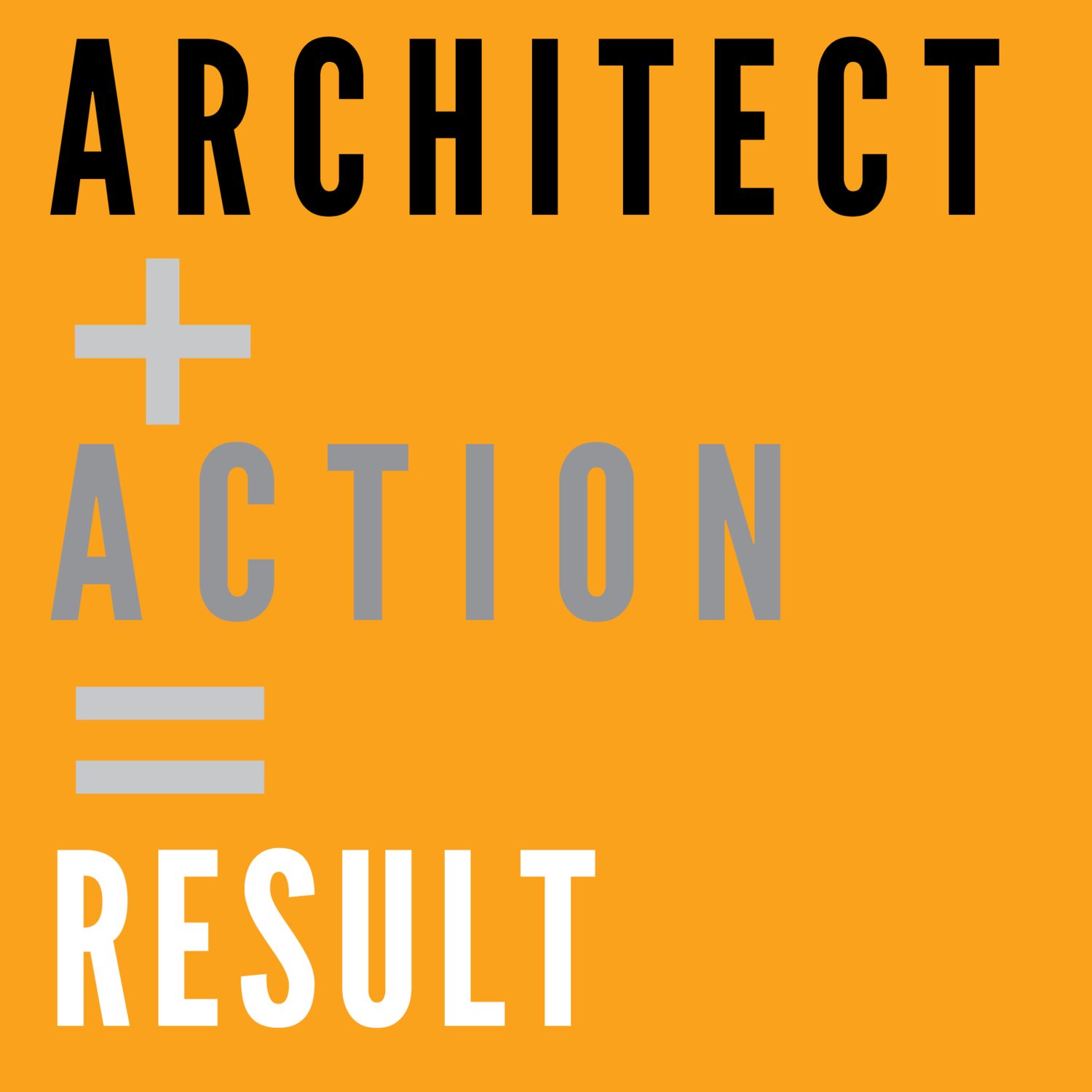And the Object of Nomination Is…
American Institute of Architects Fellows committees across the country are kicking into gear, assessing potential nominees, and sending out “feelers” for those doing exceptional and game-changing work. An early decision in the process is, “What object are you?”
Let’s start with one basic requirement: a candidate must be an AIA architect member in good standing with 10 accumulative years of membership. Any gaps in membership need to be clarified. For example, perhaps you took a few yours off your membership to pursue a master’s degree or have a family. Check with the folks at AIA Membership History to ensure your time as a member fits the criteria.
The AIA now has 6 Objects of Nomination with 15 categories. What is the top criterion for each? Let’s review a few points from Architect + Action = Result:
Object 1: Design, Urban Design or Preservation
In Object 1, Design, Urban Design or Planning, or Preservation work must have been recognized by your peers and by specific organizations, institutions and industry allies. Remember, this is not a design award. Instead, it is about advancing, as clarified by AIA resources, “the aesthetic, scientific and practical efficiency of the profession.” Translation: recognition of your work in design, urban design and preservation beyond standard practice through awards, publications and community impact.
Object 2: Practice Management or Technology
Of all the categories, Practice Management requires the most careful consideration. It requires irrefutable evidence the nominee has contributed to the practice of others, reshaped a building type or significantly contributed to the interface of architecture with non-architects, thereby changing the game for other architects.
The Technology Category recognizes those who have created a system, approach or technological development in building science illustrated with artifacts (charts, graphs, diagrams, etc. that graphically represent the system).
Object 3: Led the Institute or a Related Organization
Leading the Institute—meaning the American Institute of Architects—involves evidence of extensive service to the AIA including local, state and regional chapters, and committees as well as service that has national influence and/or implications. In my experience, this is one of the “easier” submissions to make. I use the quotations because you have either served the AIA extensively, influencing the organization and the organization’s service of members, or you have not (not being not F-worthy).
Leading a Related Organization essentially requires the same extensive level of service to an allied organization—NCARB, NAAB, AGC, USGBC, ULI, CSI or similar—including local, state and regional chapters and committees as well as service that has national impact and/or implications.
Object 4: Public Service in Government or an Industry Organization
Object 4 causes the most confusion for potential nominees but is straight-forward once you get your arms around it.
The Government Category is for an employee of federal, state, regional or municipal government entity with a focus on improving a management or other administrative system, land area, development program, transportation system, university and/or community through your work and leadership. This also includes architects in civic roles (public service) such as city councils and school board service, as two examples.
The Industry Organizations Category is for a founder or staff of public, private or nonprofit organization or entity where your leadership and work has focused on improving land area, development, transportation systems, the environment and/or communities.
Object 5: Alternative Career/Volunteer or Service to Society
This is my favorite of the Objects though perhaps the least easy to clarify for nominees because the potential breadth of work and/or service that falls under Object 5 is limitless. First, the Object 5 candidate will have provided an organization and/or the public with insight into the critical skills and insight architects bring to advance the common good.
Nominees will have entered into an Alternative Career or Volunteer Category with a nonprofit or other organization or entity not affiliated with architecture, building, construction, accreditation and/or licensure where their leadership and service have fostered the common good.
In the Service to Society Category, the individual architect will have used their service and/or practice in outreach and to improve the common good. This often means you were a volunteer with a nonprofit or another organization in the public or with municipalities where your leadership and service have fostered the common good.
Remember to always ask yourself, what about being an architect made my involvement different than, say, a doctor or lawyer doing the same work.
Object 6: Education, Research or Literature
The Education Category covers educators, professors, program directors or other roles involved in academic curricula, programs, systems, methodologies and/or initiatives implemented within an architectural program.
Research Category nominees will have had a role in any type of organization where their focus has been on research programs and/or initiatives that have resulted in changes in building science, practice, programming, building typologies, building or construction systems and/or the public’s understanding and valuation of architecture.
Ironically, I have no experience with the Literature Category. Perhaps because these nominees write well already. It’s the rarest of submission types, but a review of recent and past successful examples indicates this category is much like Design (Object 1); you have either been a literary force or you haven’t as the author or editor of books, articles, journals and/or other publications.
This gives you the basics on the Objects and their Categories. You can also visit aia.org under Awards. For more detailed and expanded information on factors to consider relating to the Objects and much more, check out Architect + Action = Result, which is also a practical resource in architecture books for writing about architectural designs.
